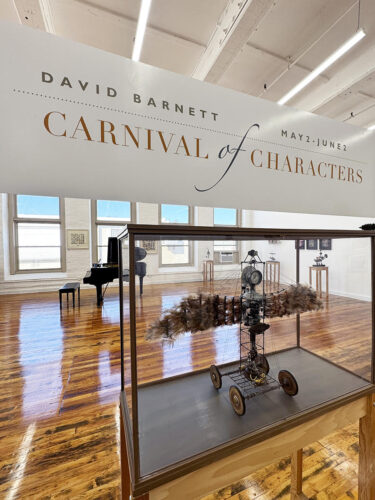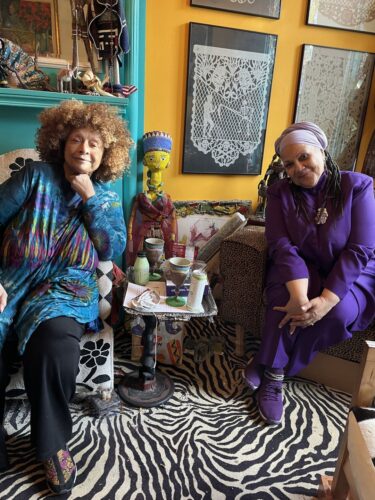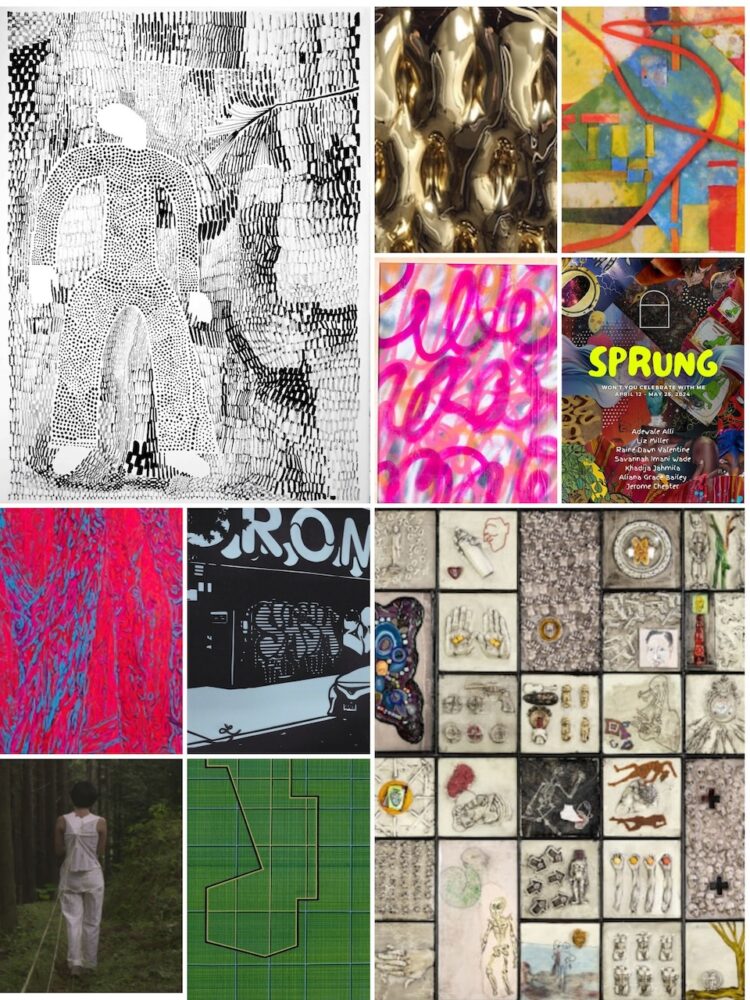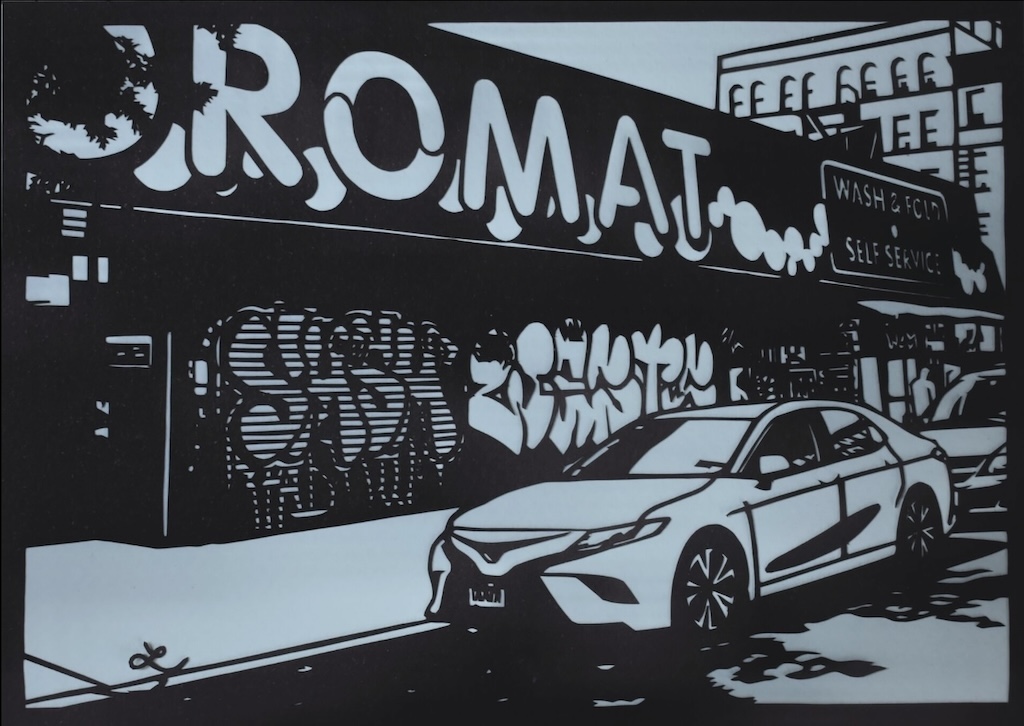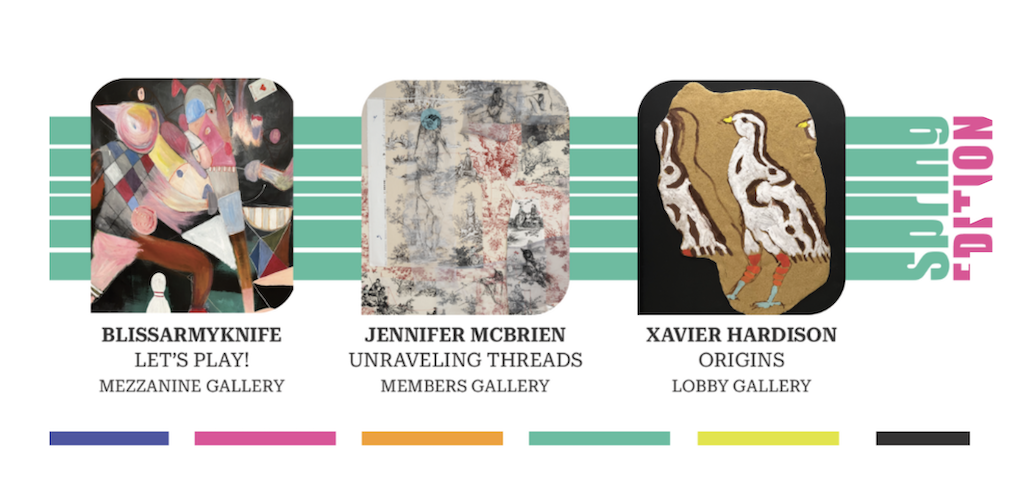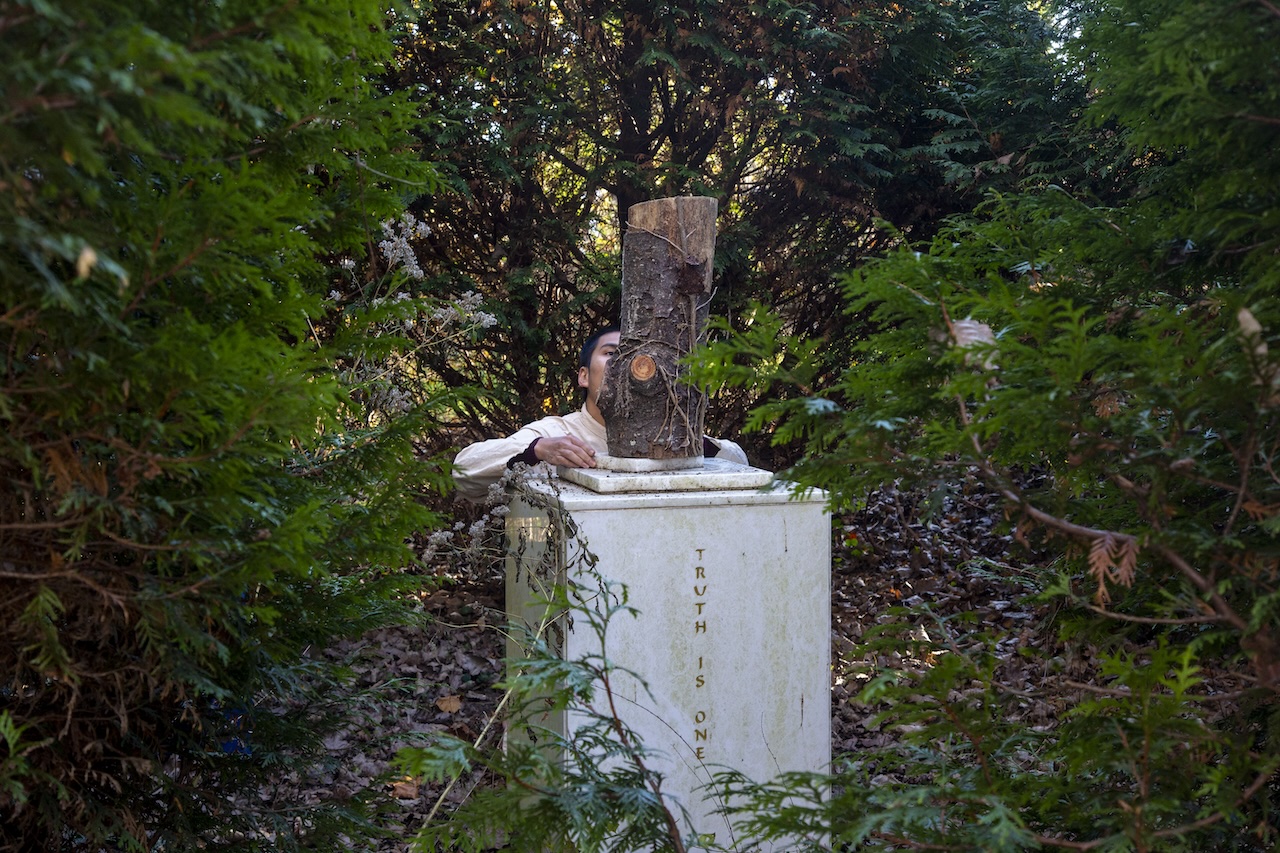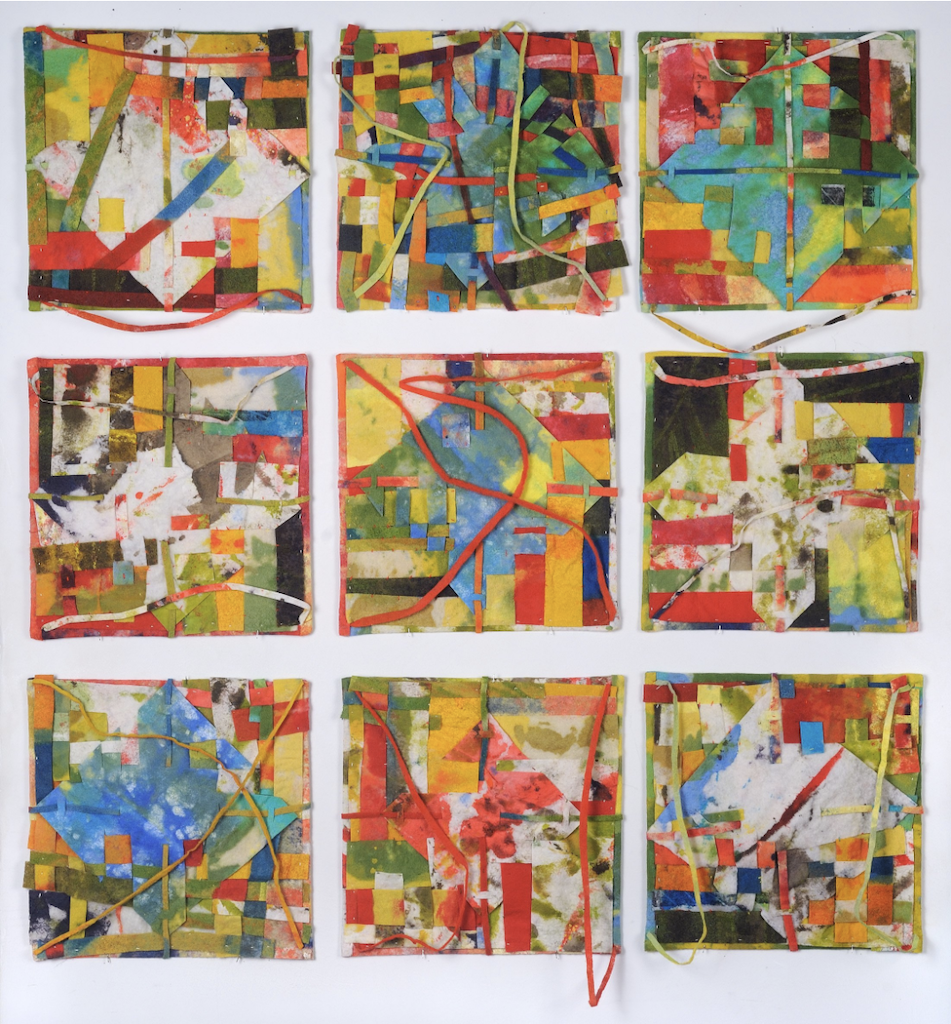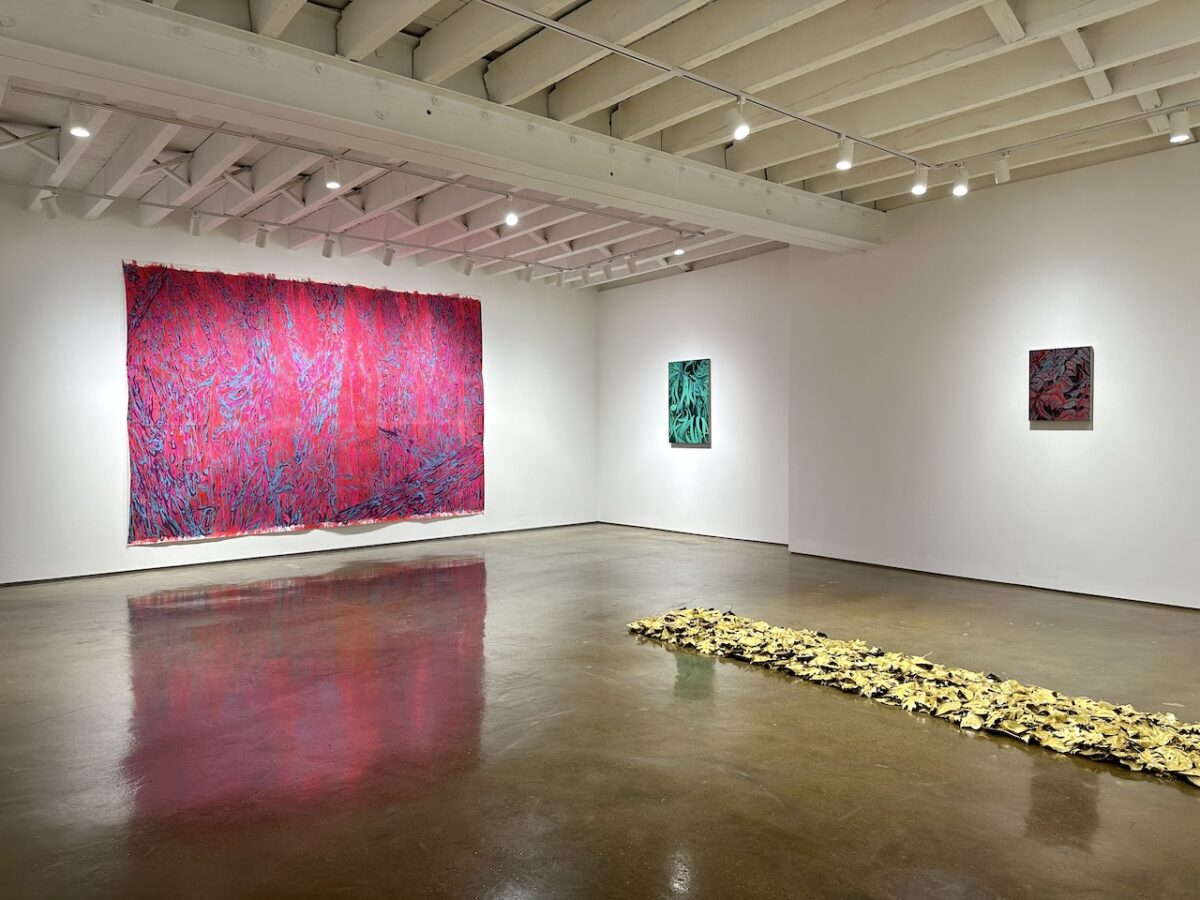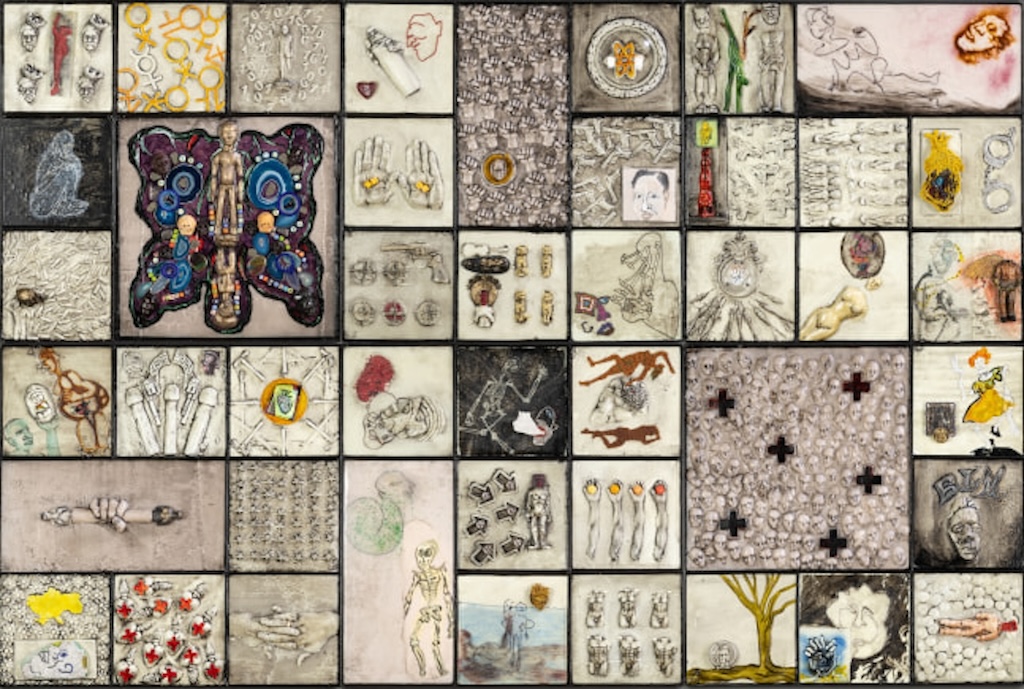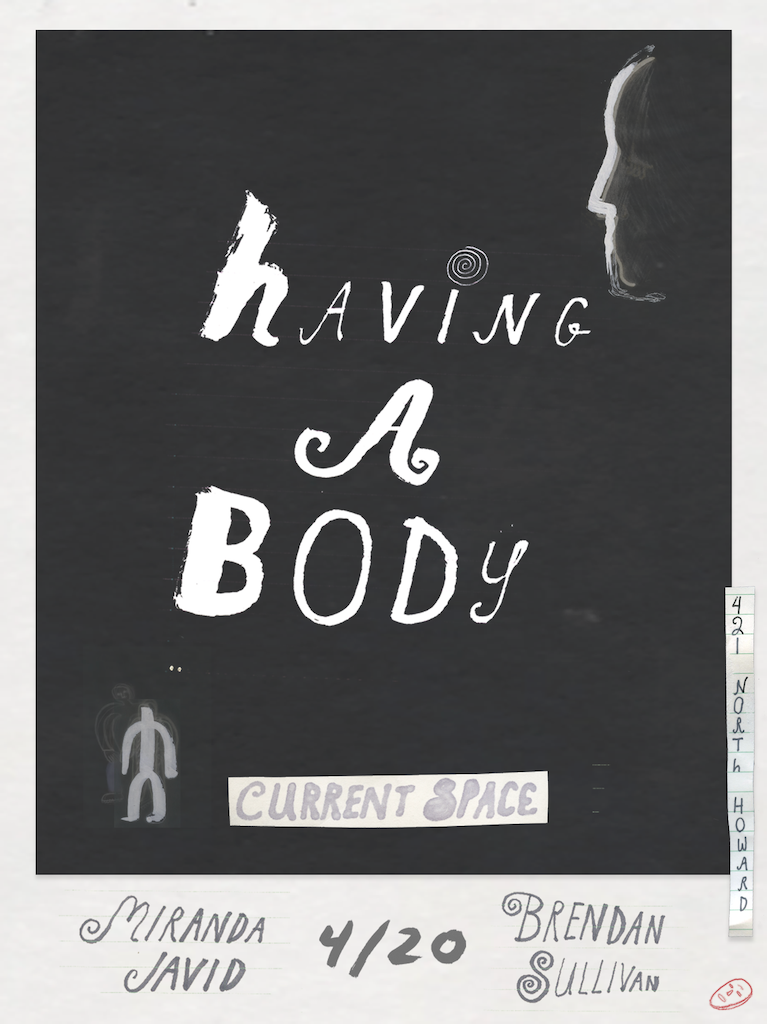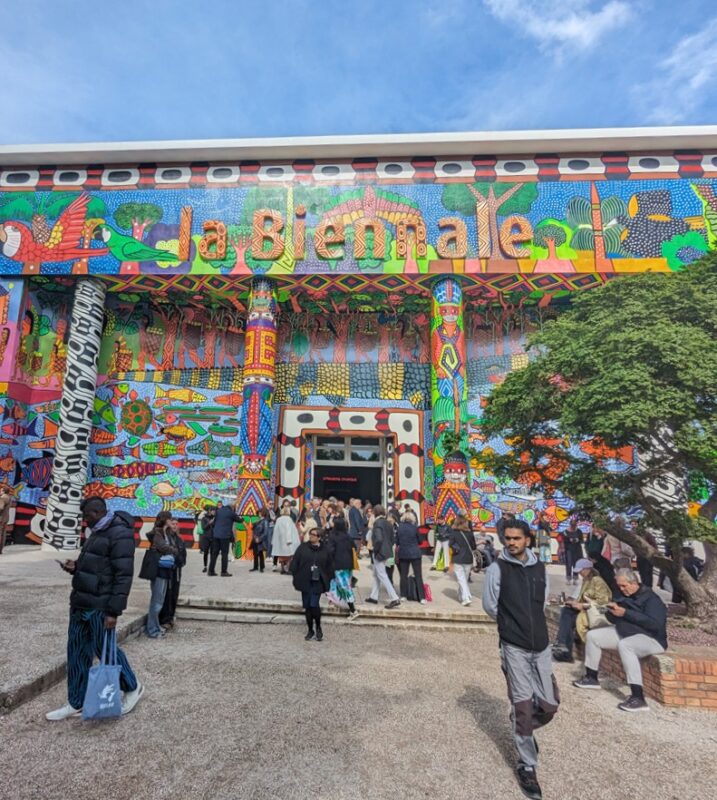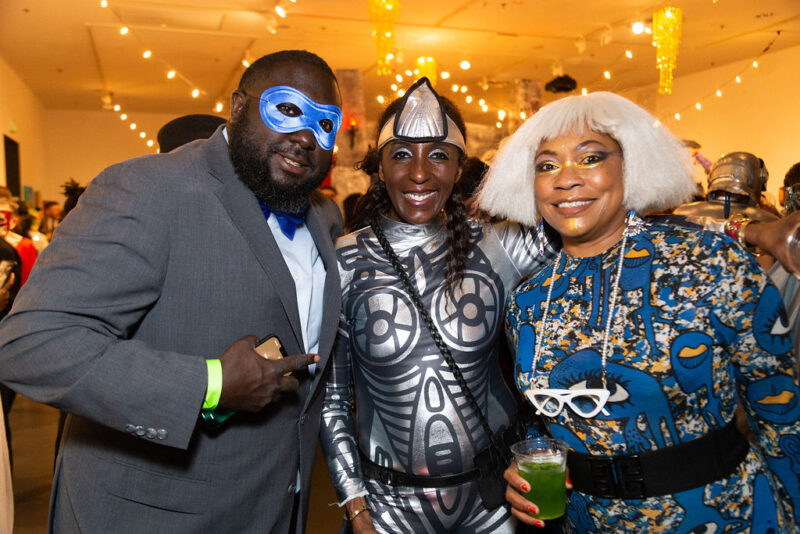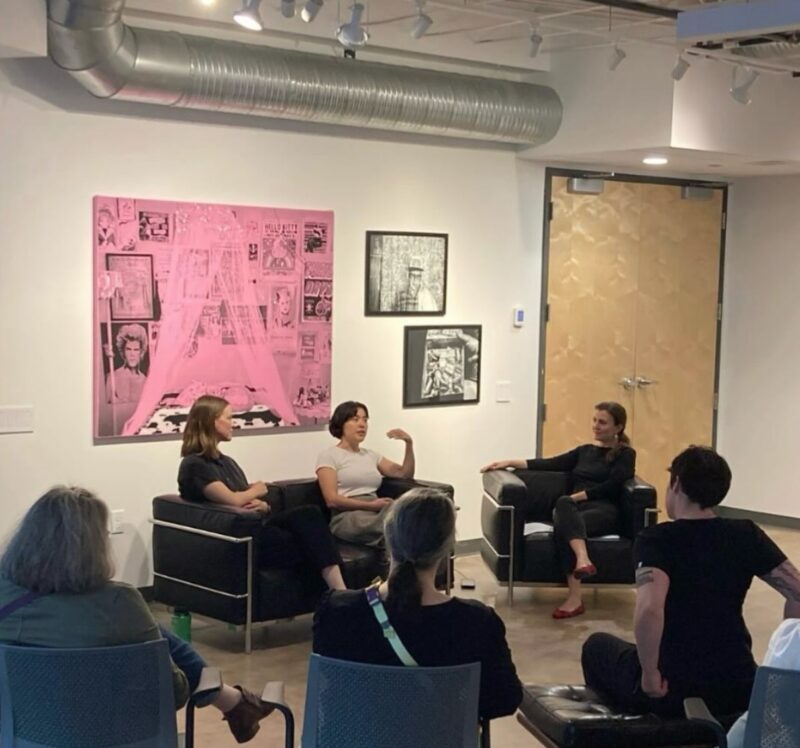Art galleries have always held a sort of mystique for me. While I adore being able to see some of the best (and worst) new art up close and free of charge, if I am being totally honest, these spaces can also be intimidating and confusing, with counterintuitive social cues and etiquette. So before I share with you my list of Baltimore art galleries to visit in April, I want to take a moment and unpack what an art gallery is and does, in the hope that it makes readers feel more comfortable visiting these kinds of spaces in the future.
In general, an art gallery is any space dedicated to exhibiting visual art, offering opportunities for community and commerce. A gallery might look and feel like a museum, but in museums the art has already been collected and is not for sale. In this way, a gallery functions more like a shop or boutique, but in a much more subtle and curated way. A gallery can be located in a standalone space, a storefront, a private residence, or within a larger nonprofit, cultural center, or business. To be considered professional, a gallery must keep certain hours open to the public. They should offer a regularly changing schedule of exhibits featuring solo and group exhibitions, usually every month or two, rather than keeping the same art up indefinitely.
Most galleries host opening receptions and different kinds of artist talks and events; some ask you to RSVP, but all should be free and open to the public. If you want to receive invitations to attend a gallery’s events, just go to their website and sign up via their mailing list. This way you never miss one and, when you show up, your presence is expected.
In Baltimore, we have commercial galleries, college and non-profit galleries, as well as DIY and artist-run galleries, all existing at varying scale. We have a handful of higher end commercial galleries, which are focused most on artists who envision their work in museum collections, so these look and feel more like museums—with professional lighting, wood or concrete floors, and large empty expanses of wall space, emphasizing the high value of individual works. Commercial galleries need to sell art to continue to exist, with a 50/50 split between gallery and artist to cover the gallery’s expenses and to generate funding for the artist’s next big project.
In contrast, a non-profit or college gallery does not need to sell art to stay afloat, so the emphasis is more on community than sales, but you can always ask for a price list if you fall in love with something. Most non-profit galleries are hosted within a larger organization, like a theater, college campus, cultural center, or apartment building so it’s important to check the website for availability because the gallery can have different hours than the larger organization.
Historically, Baltimore’s independent, artist-run spaces have played an outsize role within the arts community, especially for recent art school graduates and artists with an experimental or a non-commercial agenda. Located in warehouses, storefronts, private homes, and businesses, our DIY and artist-run spaces tend to be less formal than commercial galleries, more a labor of love than a business. For those not a part of the community, they can feel cliquey from the outside. However, these are the best spaces for new, culturally curious audiences and patrons to visit because they function as a launching pad for tomorrow’s art superstars and the prices are more accessible. You can always make an appointment to visit when the gallery is mostly empty too.
We don’t learn the names of galleries in art history class; they tend to be invisible, hidden behind a great artist’s success story, and perhaps this is by design, a sales technique. However, when you look at the most successful artists’ careers, there are dozens of talented and dedicated gallery professionals, who function as curator, salesperson, and business owner and whose creativity and ambition matches the artists’. Whether you call them a gallery director, dealer, curator, or gallerist–these are often the hardest working people within the art world who receive the least amount of attention and take on the most risk.
If you’re serious about purchasing anything, set up a one-on-one follow up meeting to discuss the process for acquisition. Some galleries offer payment plans, so if you don’t have all the dough up front, you can still claim the piece you want and pay it off in installments. And if you’re not interested in buying anything, or the art is out of your price range, that’s perfectly fine too, but don’t ask for a discount—those are reserved for museums.
None of this is an intuitive social or economic process, but once you’re well versed in the gallery ecosystem, you can feel more confident in the way you engage, interact, observe, and ask questions. April is a great month for Baltimore galleries, so happy visiting and collecting!
Header image details from: Miranda Javid, Andy Yoder, Sheila Crider, Kelly Walker, Waller Gallery Flyer, Tim Tate and Joyce J. Scott, Bill Schmidt, Zhou Zhou, Rosa Leff, Phaan Howng
